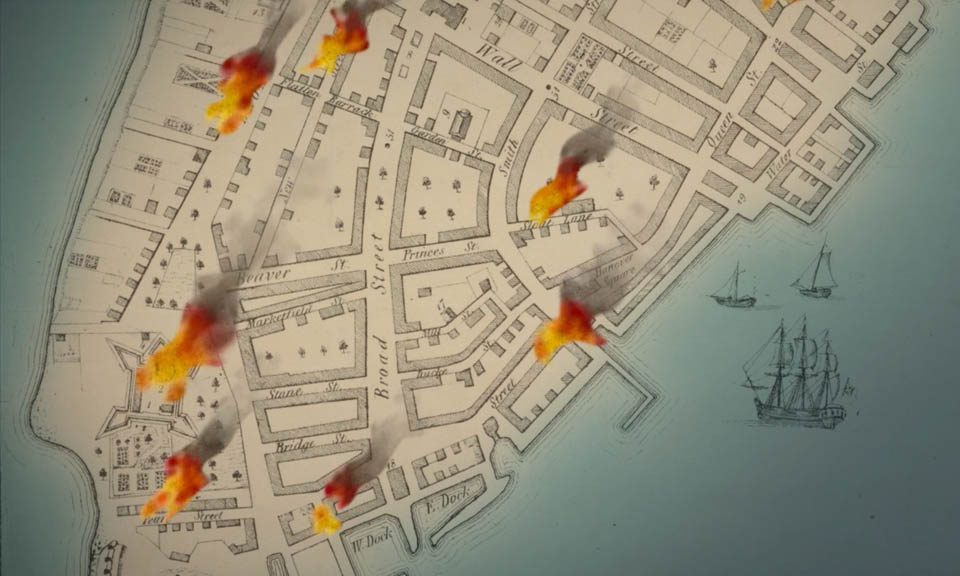Burning the City of New York
Perspectives on the 1741 Rebellion
A Plan of the City and Environs of New York as they were in the years 1742, 1743 and 1744
1854
David Grimm (American, c. 1737–unknown)
Although David Grimm created this map much later in his life, the places he remembered from his childhood, including execution sites, are clearly marked.
Lionel Pincus and Princess Firyal Map Division, The New York Public Library.
New York Slave Market
19th century
Unknown
In 1711, members of the New York Common Council passed a law to stating that "all Negro and Indian slaves that are let out to hire…be hired at the Market house at the Wall Street Slip…” , thereby establishing New York's slave market, located on Wall Street between Pearl and Water Streets. No longer standing, the site is now recognized with a historical marker.
GRANGER — All rights reserved.
Title page of The New-York Conspiracy
1810
Southwick & Pelsue, printers (American, active 1810)
A reproduction of the title page of the 1810 account of the trial of 1741 shows the description of the event has changed to "a History of the Negro Plot" in the intervening decades.
Historic Hudson Valley.
Title page of A Journal of the Proceedings...
1744
James Parker, printer (English?, active 1744)
A reproduction of the title page of the earliest printed account of the trial of 1741 refers to the events as "the detection of the conspiracy."
Historic Hudson Valley.
Produced by Historic Hudson Valley for People Not Property: Stories of Slavery in the Colonial North Interactive Documentary.
Copyright © 2019-2025 Historic Hudson Valley. All Rights Reserved.




